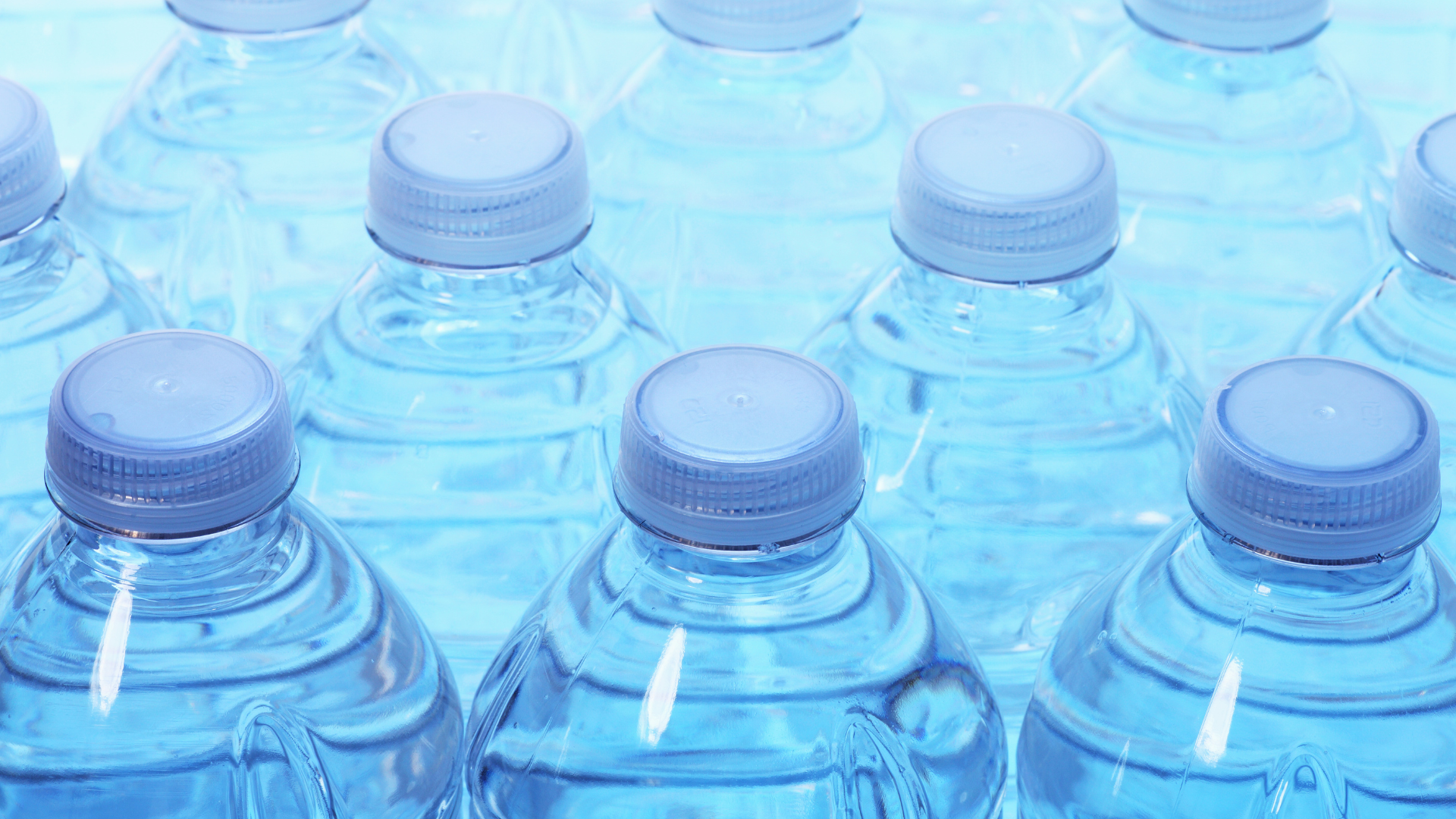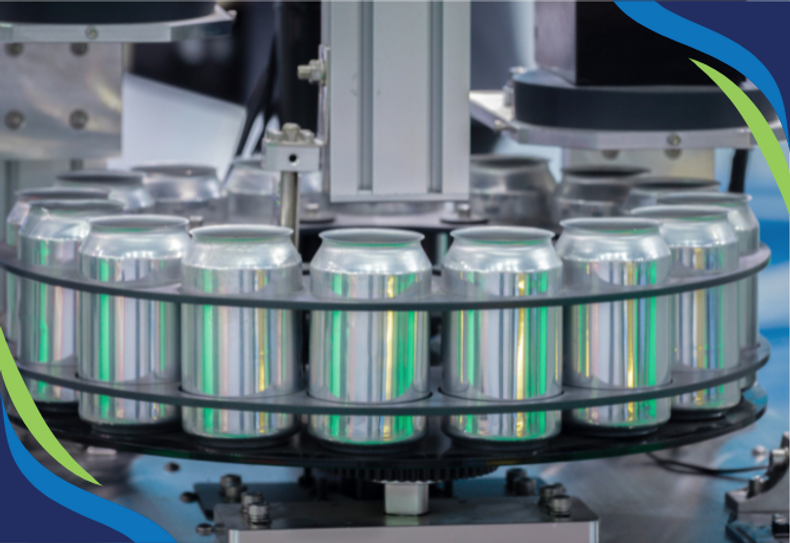
The global market for disinfection in the Food and Beverage (F & B) industry was estimated at $149M in 2021 and is projected to grow to $192 million by 2027 [1]. Ozone systems provide various benefits by delivering sustainable, residual-free disinfection.
Why is Ozone becoming more popular?
Ozone is one of the most potent commercially available oxidizing and disinfecting agents. Ozone gas immediately dissolves in water, contacts wetted surfaces, and then decomposes to oxygen, leaving no residuals in the treatment stream. And it’s safe. The FDA and USDA have approved ozone treatments for drinking water and food processing.
Any Production Manager will tell you their greatest fear is a product recall, plant shutdown, reputation damage, and harm to public health. Maintaining excellent employee hygiene, as well as disinfected food-contact surfaces and equipment, are essential.
F & B facilities often use chlorinated water only for cleaning-in-place (CIP) procedures and for washing down working surfaces, conveyors, and other equipment. Chorine creates residuals that require a 2nd washdown; it’s more dangerous for employees handling it and contaminates wastewater. Ozone, on the other hand, is a proven eco-friendly disinfection solution that’s only byproduct is oxygen with no need for a secondary washdown.
Ozone dissolves quickly in water forming a potent antimicrobial agent. Produced from oxygen using electrolysis (a high-frequency silent electrical discharge), ozone has been used to disinfect drinking water for over a hundred years. Ozone generator systems are simple to install and operate and can produce ozone for disinfection with just ambient air and electricity.
Ozone isn’t new to F & B

A 1999 study [2] showed the effect of aqueous ozone in a batch reactor on Listeria monocytogenes. Aqueous dissolved ozone at 0.4 and 0.8mg/l inactivated 4.6 and 5.7 log CFU/ml within 30 seconds. A later study [3] determined that higher concentrations of dissolved ozone gave instant inactivation of the microbes. The utilization of ozone in these applications simplifies the disinfection process while continuing to produce a measurable and effective solution for your needs. Using ozone will decrease overall cleaning time and increase available production time.
Conclusion
Ozonated water is highly effective, especially with evidence of previous bacterial resistance, where no secondary treatment or wash is required, and the odor and taste of the finished product cannot be affected. Ozone can quickly treat work surfaces and equipment in all food and beverage sectors, from bottling to brewing, RTE, fresh produce, and winemaking to dairy operations, from beef, pork, and poultry, to seafood. Ozone Solutions’ generator systems will provide a custom solution to your custom needs.
- Research and Markets
- Kim J G et al. Application of ozone for enhancing the microbiological safety and quality of foods: a review J Food Prod. 1999 Sep;62(9):1071-87.
- Kim JG, Yousef AE. Inactivation kinetics of foodborne spoilage and pathogenic bacteria by ozone. J Food Sci 2000 65:521-528

